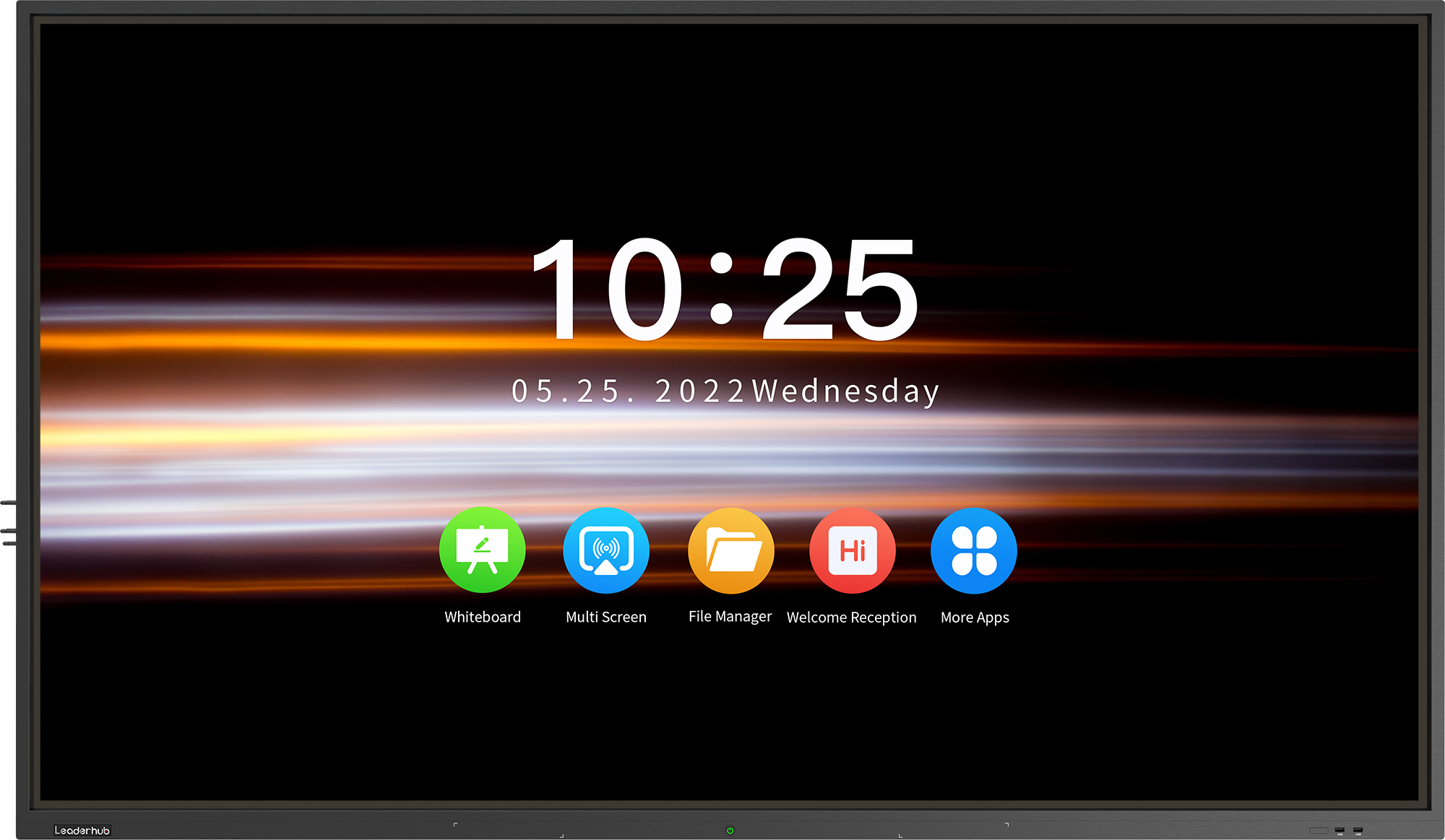The Rise of Touch Screen Technology

The proliferation of touch screen technology has revolutionized the way we interact with electronic devices. Whether it's smartphones, tablets, or even self-service kiosks, touch screens have become an integral part of our daily lives. With a simple tap or swipe, users can effortlessly navigate through menus, access information, and execute commands. This article delves into the world of touch screen interactive programs, exploring their functionality, benefits, and future prospects.
Understanding Touch Screen Interactive Programs
Touch screen interactive programs refer to software applications specifically designed to optimize user experience on touch screen devices. These programs utilize the capacitive property of touch screens, which allows them to detect the electrical charge generated by human touch. By incorporating touch gestures such as tapping, swiping, pinching, and rotating, these applications provide an intuitive and seamless user interface.
Importance of Touch Screen Interactive Programs
1. Enhanced User Engagement: Touch screen interactive programs eliminate the need for external peripherals, enabling users to directly interact with the devices. This tactile approach offers a more engaging and immersive experience, increasing user satisfaction and retention. 2. Intuitive Navigation: Traditional input methods like keyboards and mice can be intimidating for some users. Touch screen interactive programs simplify navigation by employing natural gestures, making it easier for people of all ages and technical backgrounds to operate the devices effectively. 3. Increased Accessibility: The advent of touch screen technology has made digital devices more accessible for individuals with physical limitations. These programs can incorporate features like adjustable font sizes, voice commands, and haptic feedback, catering to diverse user needs. 4. Efficiency and Productivity: Touch screen interactive programs streamline workflows by reducing the number of steps required for executing commands. With intuitive touch gestures, users can perform tasks swiftly, making them more productive.
The Future of Touch Screen Interactive Programs
The future of touch screen interactive programs looks promising. As technology advances, we can expect to see more innovative features and applications. For example, touch screens with pressure sensitivity may enable more precise control, making them ideal for digital art and design. Additionally, the integration of artificial intelligence and gesture recognition can further enhance the user experience, offering personalized suggestions and intuitive interfaces.
Conclusion
Touch screen interactive programs have revolutionized the way we interact with electronic devices, providing a more engaging, intuitive, and accessible user experience. With their ability to simplify navigation, enhance efficiency, and adapt to diverse user needs, touch screen interactive programs are set to shape the future of technology. Embracing this innovation opens up new possibilities and empowers users to make the most out of their digital interactions.

